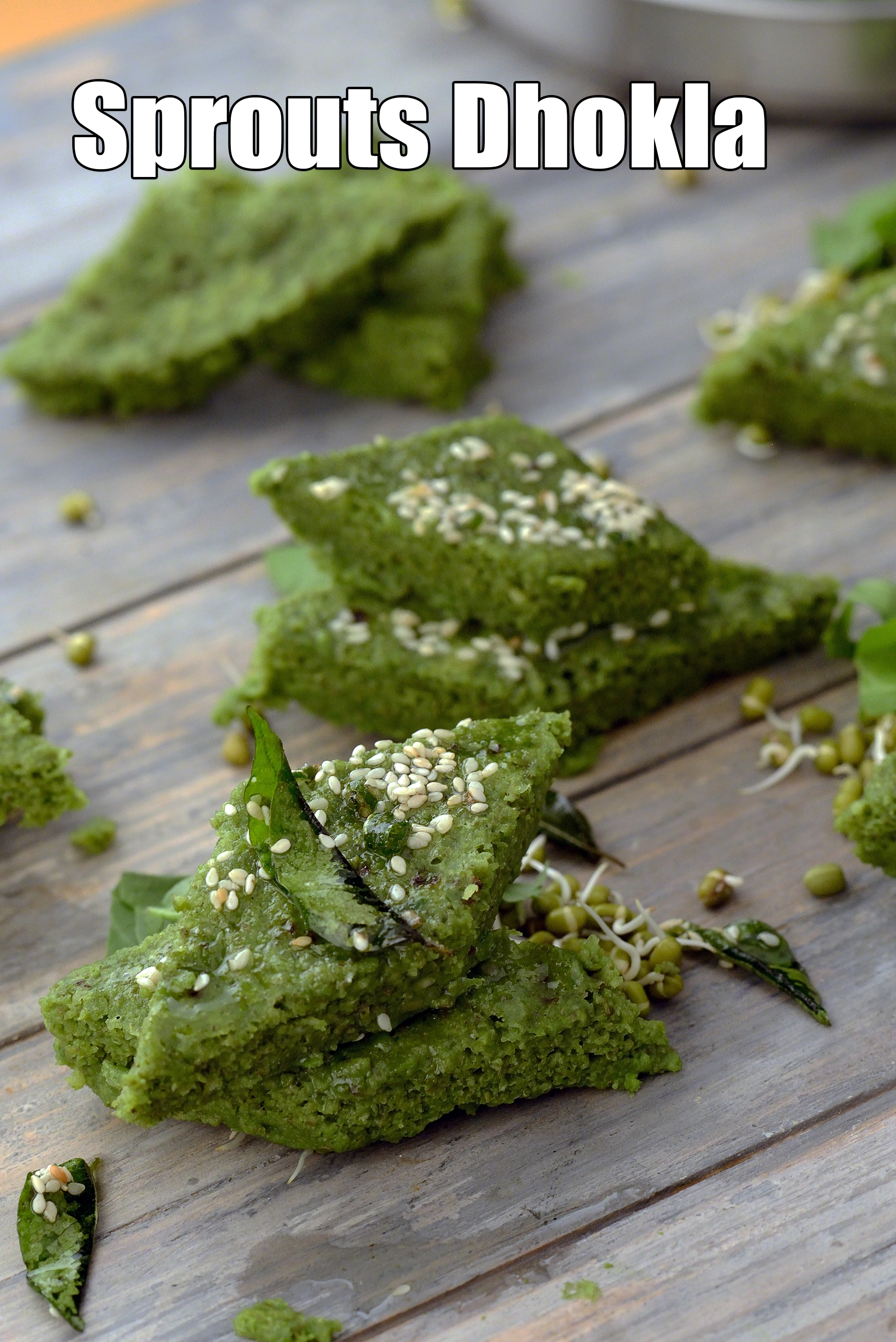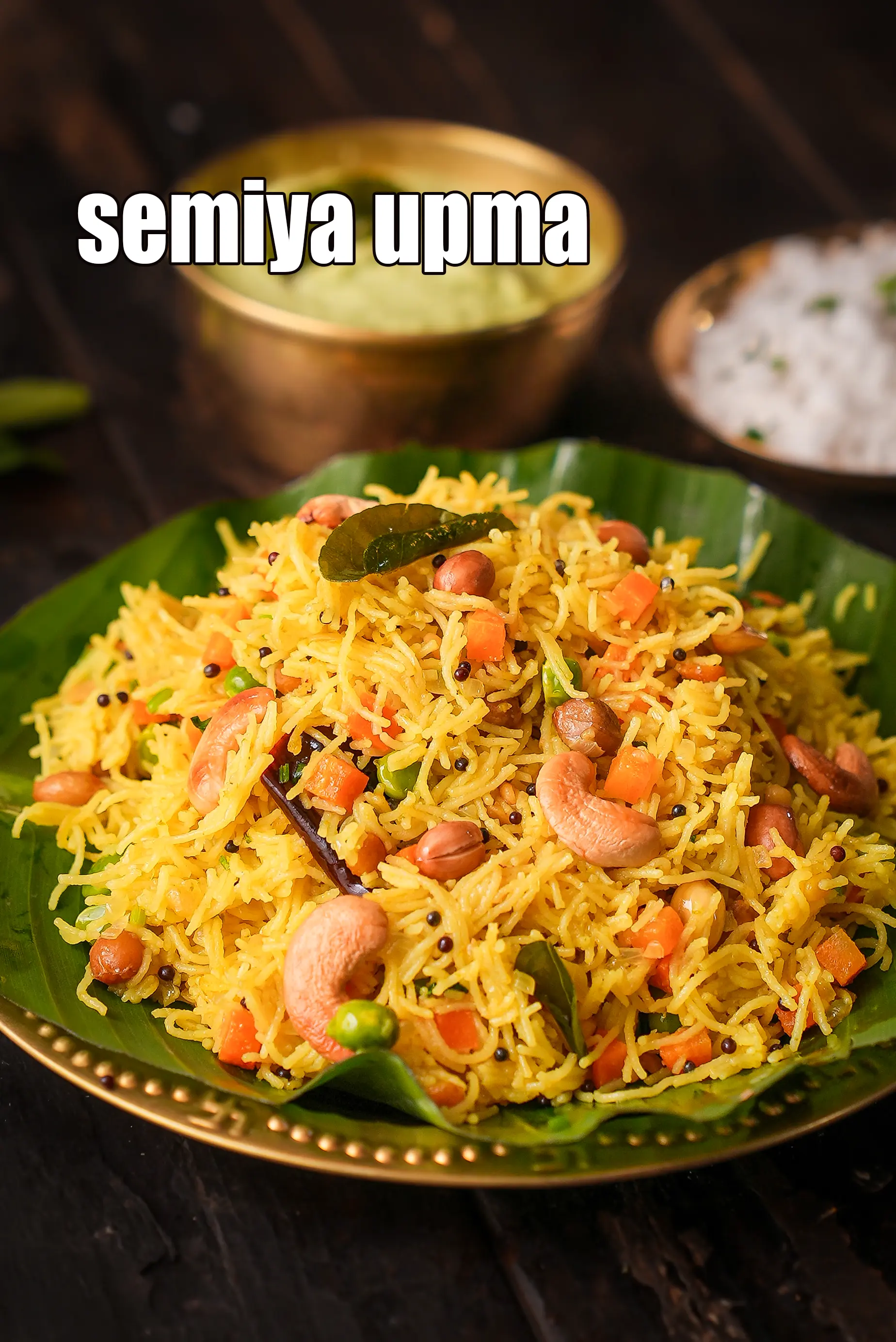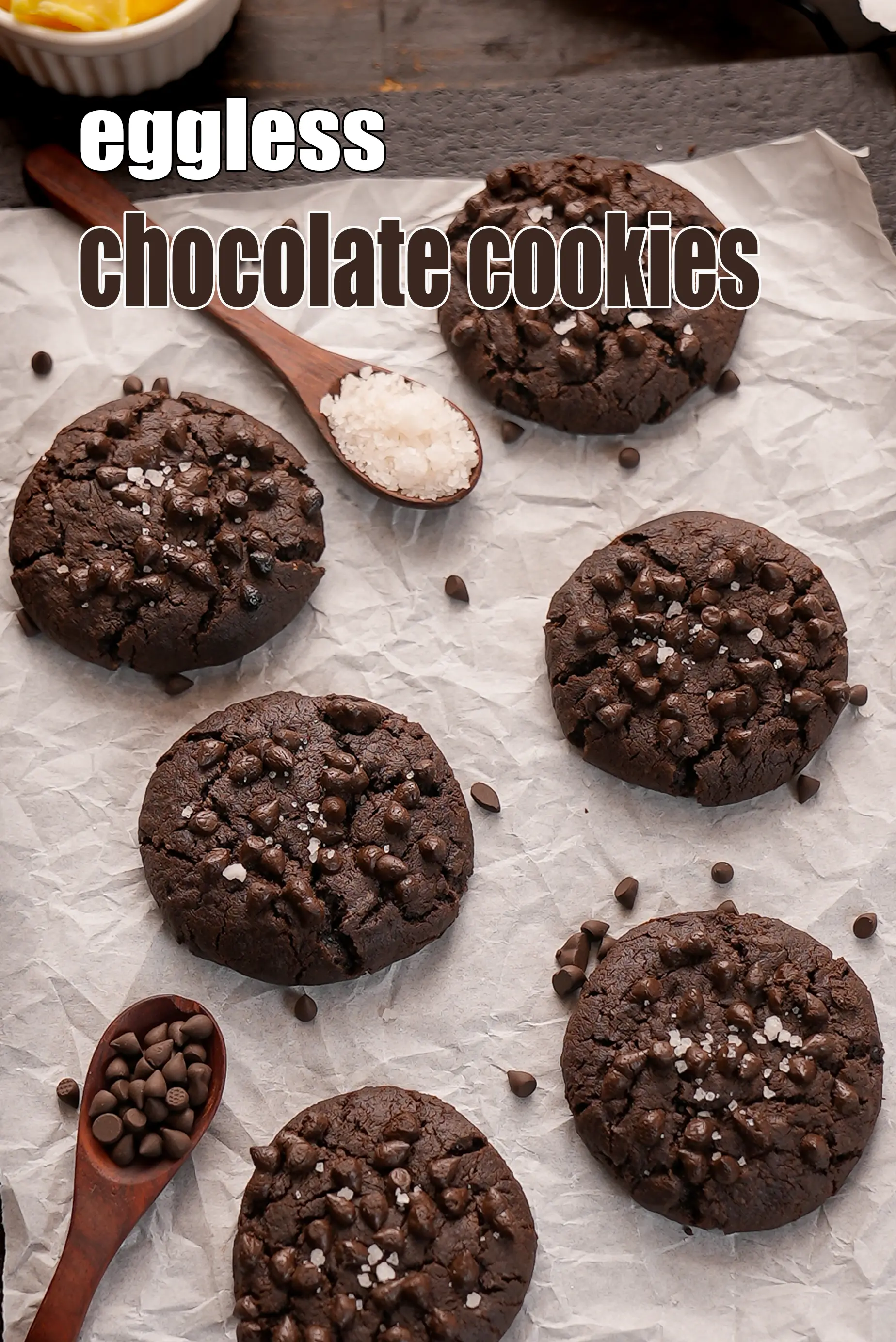Nutritional Facts of Methi Thepla, Gujarati Methi Thepla Recipe, Calories in Methi Thepla, Gujarati Methi Thepla Recipe
This calorie page has been viewed 31494 times
Table of Content
How many calories does one Methi Thepla have?
One Methi Thepla gives 76 calories. Out of which carbohydrates comprise 35 calories, proteins account for 6 calories and remaining calories come from fat which is 35 calories. One Methi Thepla provides about 4 percent of the total daily calorie requirement of a standard adult diet of 2,000 calories.
See recipe Methi Thepla Gujarati methi thepla | methi ka thepla | healthy methi thepla | how to make thepla | with 20 amazing images
Gujaratis and thepla walk hand and hand, theplas are inherited part of gujju meals, it is used for regular meals, travelling and also for picnics. Gujarati methi theplas are super quick and easy to make.
The procedure of making Gujarati methi thepla is quite simple, we have divided it into 2 parts first is kneading the dough and second is making the theplas. To knead the dough for methi thepla in a deep bowl, add whole wheat flour, fenugreek leaves, oil which helps in not letting the dough dry out and also helps keeping the thepla soft. Further, add curd, red chilli powder, turmeric, salt and sugar and knead into a soft dough. My grandmother use to knead dough for methi thepla with buttermilk as it would give extremely soft methi thepla. To make the thepla, divide and roll out thepla in a roti. Place them on a griddle and cook it using peanut oil. We have used peanut oil as it is a healthy methi thepla.
Methi theplas are famous not only in Gujarat but also all over the country as well. healthy methi thepla is a also a very healthy diabetic snack, diabetics can indulge 1-2 theplas as fenugreek leaves improve the insulin and glucose response. The use of whole wheat flour adds in some amount of fibre. This is definitely a wholesome choice than refined flour (maida). To toss in some iron, you can replace half the wheat flour with jowar flour. healthy methi thepla also makes a perfect kids tiffin box recipe or theplas for athletes.
Make sure you stack the methi theplas one above the another, it will help in maintaining the softness and prevents the methi theplas from drying out. If you do not add curd the theplas can be stored for a long time! See our recipe of methi thepla without curds for travelling.
Have methi thepla with quick mango chunda or you can also relish it with curd, green chilli thecha or chips bateta nu shaak.
Quick Mango Chunda, Aam ka Chunda, Gujarati Raw Mango Sweet Pickle
Is Methi Thepla healthy?
Yes, this is healthy. But restrictions apply to some.
Let's understand the Ingredients.
What's good.
1. Methi leaves (fenugreek leaves) : Methi leaves are low in calorie, powerful antioxidant and cures mouth ulcers. Fenugreek leaves help in improving glucose and insulin responses, hence good for diabetics. The levels of cholesterol also reduced with intakes of fenugreek leaves. Rich in Vitamin K which is good for bone metabolism. They are good source of iron which is important for pregnant women as well as other individuals. Iron is a part of hemoglobin in the blood. A deficiency of iron may cause anaemia and that may decrease your work ability and make you fatigue easily. See all benefits of methi leaves here.
2. Whole Wheat flour : Whole wheat flour is excellent for diabetics as they will not shoot up your blood sugar levels as they are a low GI food. Whole wheat flour is rich in Phosphorus which is a major mineral which works closely with calcium to build our bones. Vitamin B9 helps your body to produce and maintain new cells, especially increase red blood cells. See detailed 11 benefits of whole wheat flour and why it's good for you.
3. Peanut Oil : Peanut oil has the highest amount of MUFA (around 49%) amongst most Indian common cooking oils. The remaining 51% is PUFA and SFA. Most households in western Indian use peanut oil as a cooking medium. If you have to choose amongst the cooking oils, after avocado oil and coconut oil, this peanut oil gets a spot-on. But when compared to other MUFA based oils, this oil is considered to be high in omega-6 fatty acids, which often may tend to harm your body without you realizing it. Read the super article of which oil is the healthiest avoid vegetable oil.
4. Curd + Low fat Curds : Curds help in digestion as it has very good bacteria. Probiotics in curds acts as a mild laxative but, in case of diarrhoea and dysentery, it is a boon, if curd is used with rice. Curd is one of the richest source of protein, calcium and minerals. They help in weight reduction, good for your heart and build immunity. Being low in sodium, it is safe to be eaten by individuals with high blood pressure. The only difference between curds and low fat curds is the fat level. Read the benefits of curds to include in your daily diet.
5. Turmeric Powder (Haldi) : Turmeric helps in digestion of food thus helping to overcome indigestion. Haldi may help in reducing the growth of fat cells in the body. Turmeric, being rich in iron, is highly valuable in the treatment of anaemia and both the root as well as the powder should be a regular part of an anaemic diet. One of the health benefits of turmeric is it’s anti-inflammatory property due to the active compound, Curcumin, which helps to relieve inflammation of the joints and thus is a ladder to relieve pain related to arthritis. The curcumin in haldi also helps to ward of the bacteria’s causing cold, cough and throat irritation. Turmeric benefits in diabetes management by lowering blood glucose levels. Its antioxidant and anti-inflammatory effects are useful in the treatment of diabetes patients. It is known to be a good brain food and keep diseases like Alzheimer’s at bay. See here for detailed turmeric benefits.
6. Kashmiri chilli: Like red chillies, Kashmiri chillies also have vitamin C, though in smaller quantites than the fresh red chillies. This helps to boost immunity and improve skin health. They also have minute amounts of copper, potassium, manganese, magnesium and iron along with B vitamins. Small amounts of Kashmiri chilli powder can aid digestion, but more quantity can affect the lining of the digestive tract.
What's the problem?
Sugar : Sugar used in the recipe is also called white poison. It is a simple carbohydrate with zero nutritional value. On intake, sugar will cause inflammation of the body which will last for many hours. It will spike your blood sugar level and shut down the fat burning process. This also causes high blood sugar levels in your body. The development of prediabetes comes from uncontrolled eating sugar and refined food products for many years and the classic symptom is if you have excess belly fat. This leads to diabetes and further onwards to heart attack, high blood pressure, strokes, impotence and kidney damage.
Note : 1 cup = 200 ml (standard cup available in the market). The weight in grams varies for each ingredient.
Can diabetics, heart patients and overweight individuals have Methi Thepla?
Yes for heart and weight loss but no for diabetics. Methi leaves are a good source of iron which is important for Iron rich foods for pregnant women as well as other individuals. Iron is a part of hemoglobin in the blood. A deficiency of iron may cause anaemia and that may decrease your work ability and make you fatigue easily.
Can healthy individuals have Methi Thepla?
Yes.
One Methi Thepla is high in
Vitamin B1 : Vitamin B1 protects nerves, helps in carbohydrate metabolism, prevents heart diseases and helps produce red blood cells.
Note : a recipe is deemed high in a Vitamin or mineral if it meets 20% and above the recommended daily allowance based on a 2,000 calorie diet.
How to burn 76 calories that come from one Methi Thepla?
Walking (6 kmph) = 23 mins
Running (11 kmph) = 8 mins
Cycling (30 kmph) = 10 mins
Swimming (2 kmph) = 13 mins
Note: These values are approximate and calorie burning differs in each individual.
| Energy | 76 cal |
| Protein | 1.5 g |
| Carbohydrates | 8.9 g |
| Fiber | 1.5 g |
| Fat | 4 g |
| Cholesterol | 0.2 mg |
| Vitamin A | 50.5 mcg |
| Vitamin B1 | 0.1 mg |
| Vitamin B2 | 0 mg |
| Vitamin B3 | 0.5 mg |
| Vitamin C | 0.4 mg |
| Folic Acid | 4.8 mcg |
| Calcium | 11.1 mg |
| Iron | 0.6 mg |
| Magnesium | 16.3 mg |
| Phosphorus | 44.1 mg |
| Sodium | 3.1 mg |
| Potassium | 38.7 mg |
| Zinc | 0.3 mg |
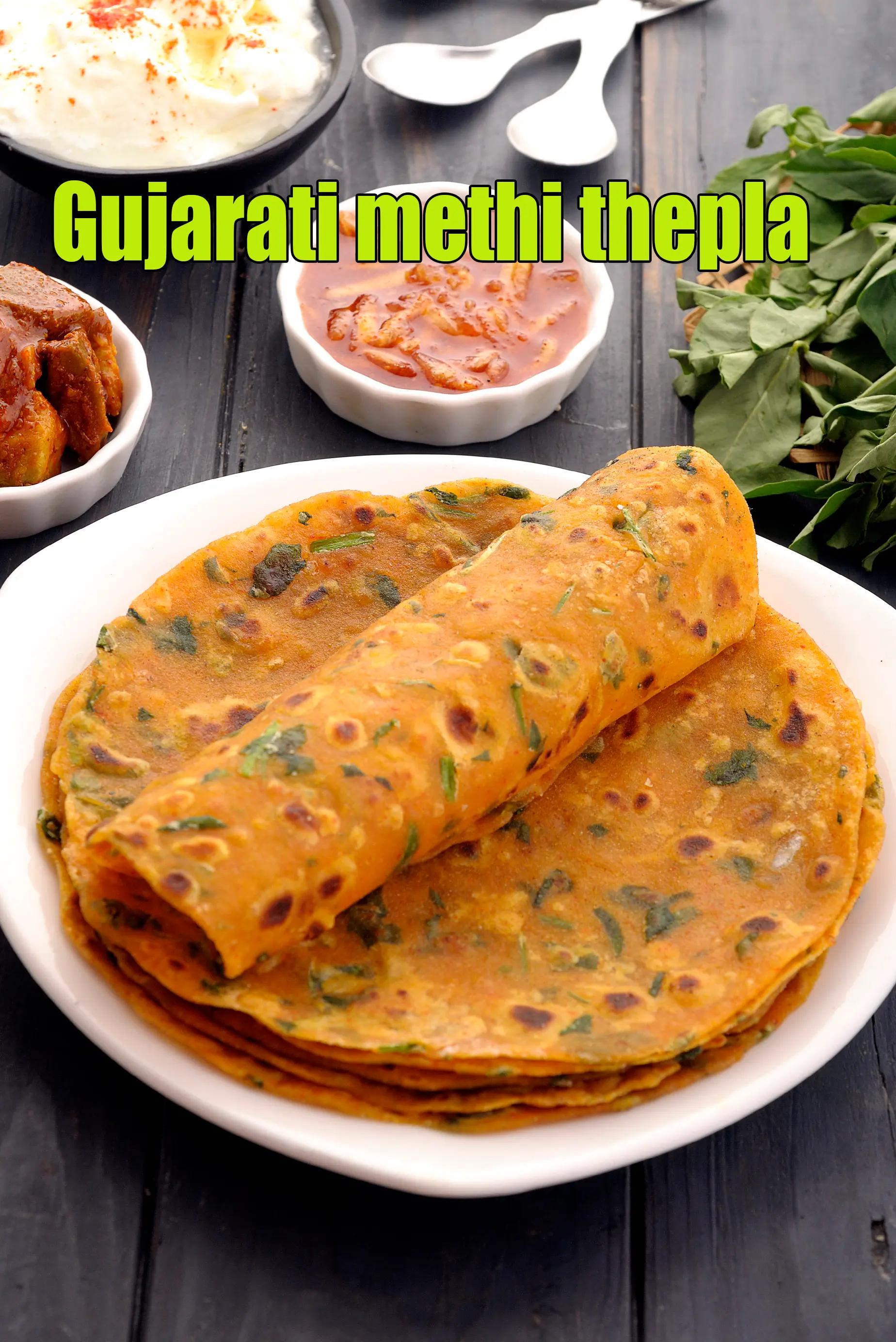
Click here to view Methi Thepla
Calories in other related recipes
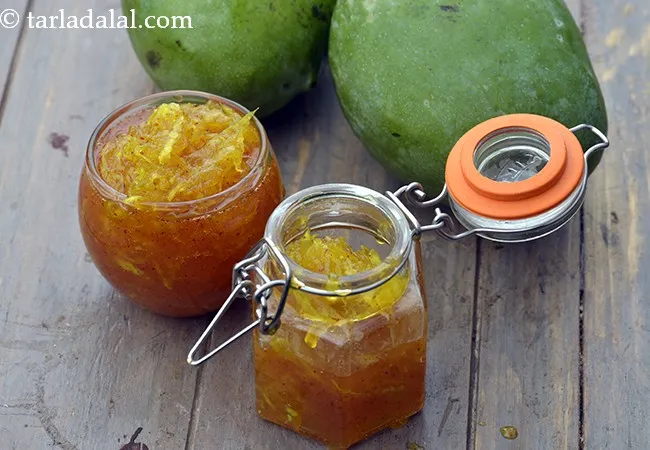

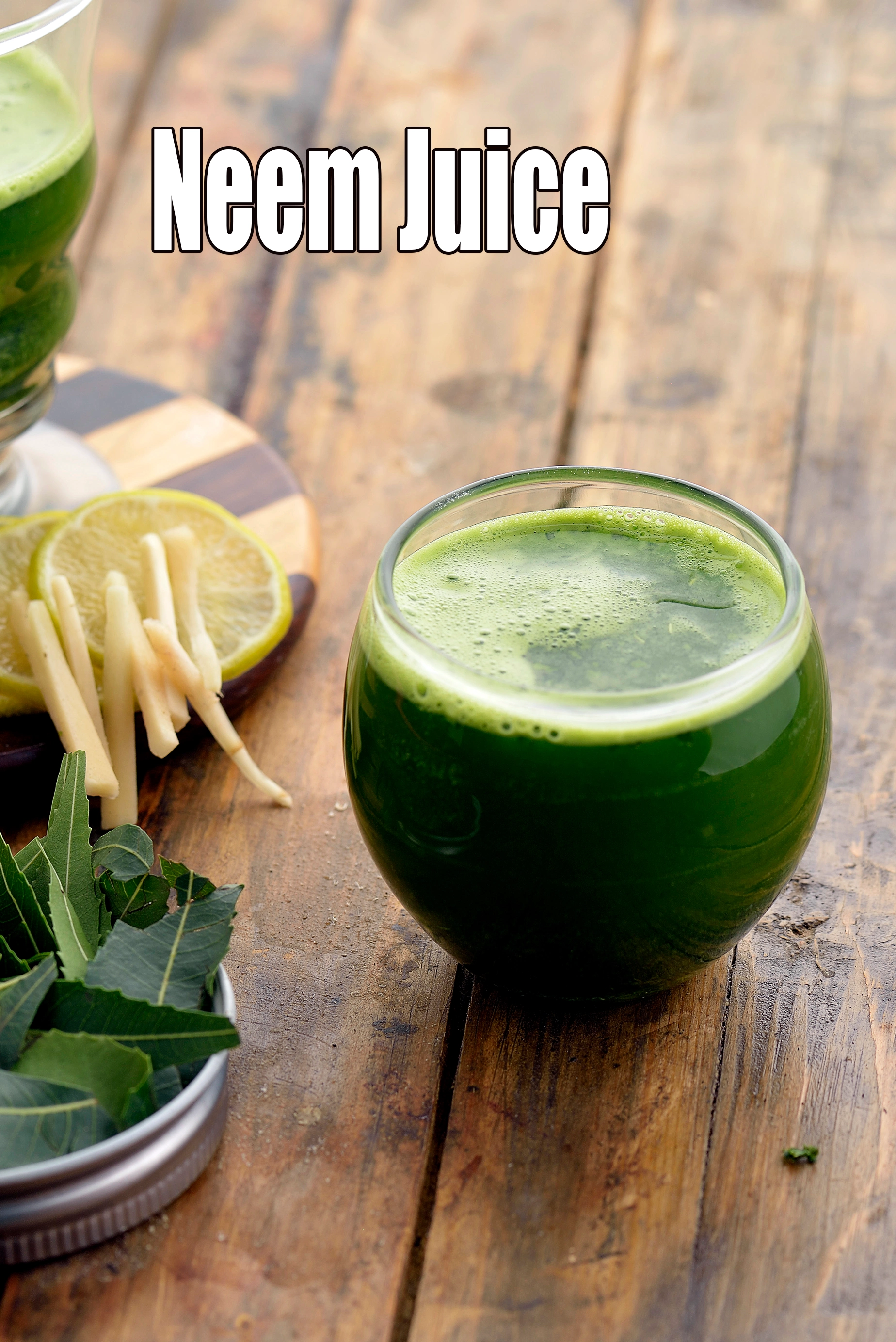


-10876.webp)
